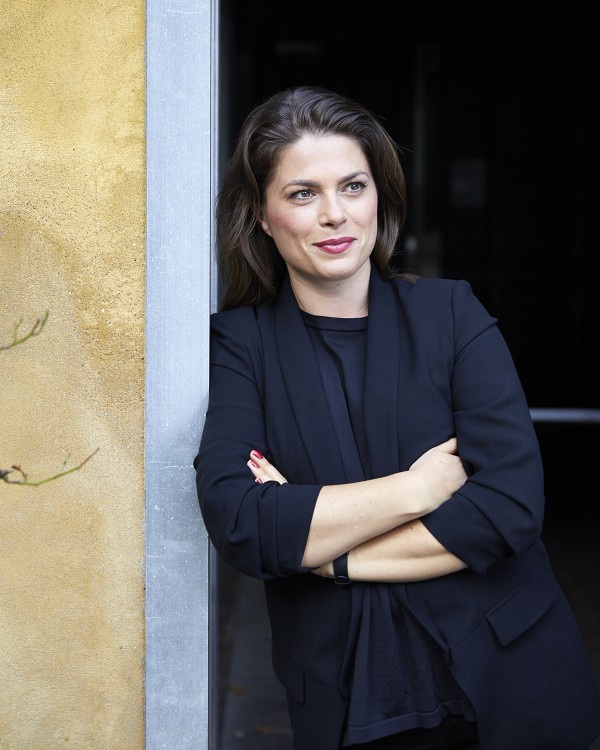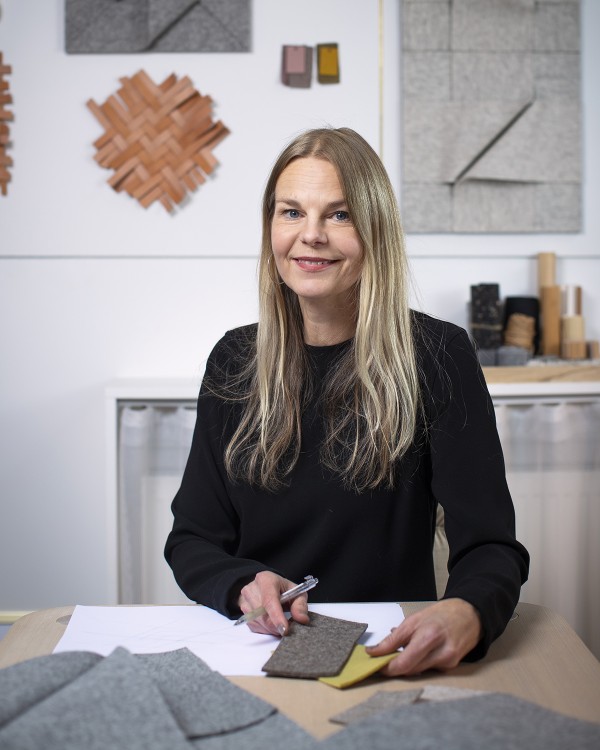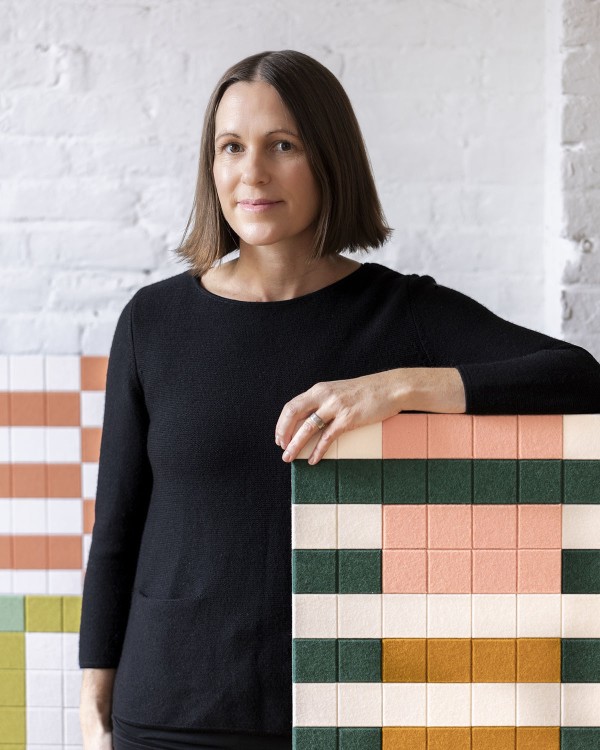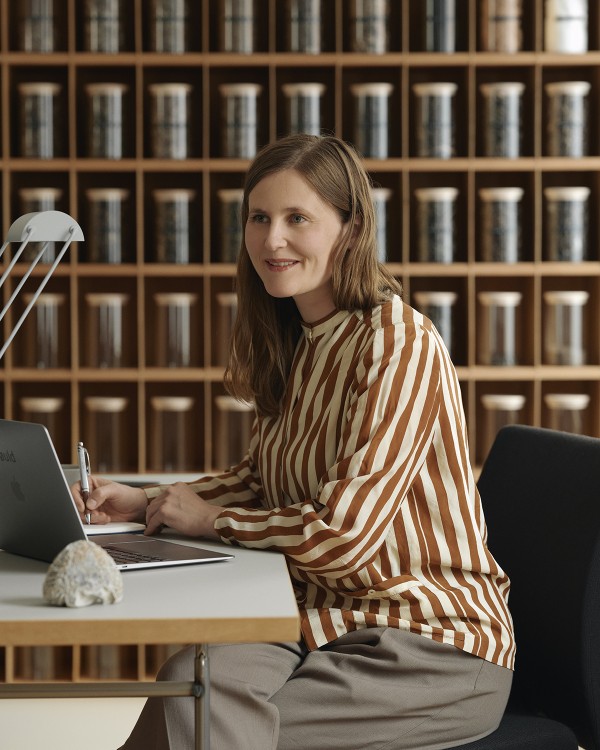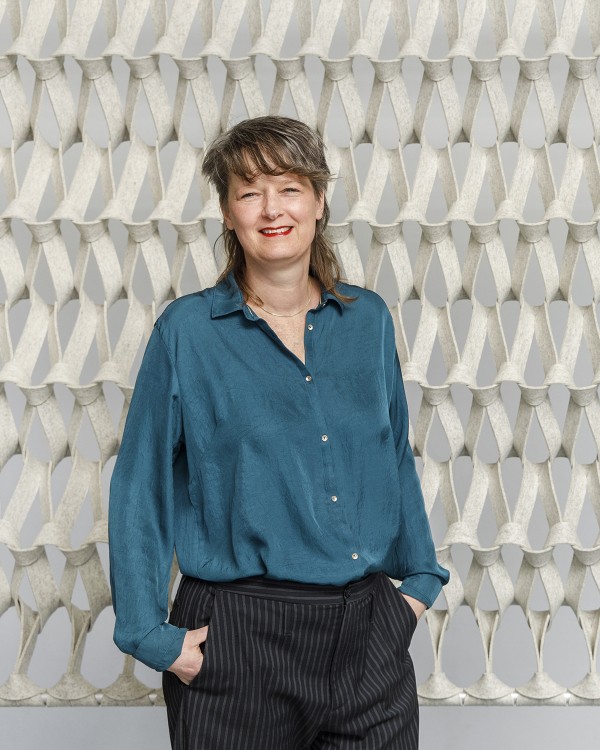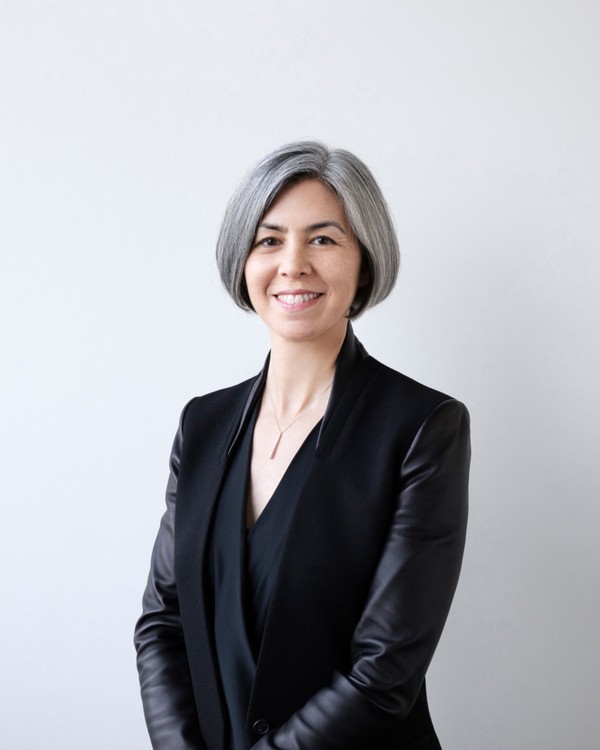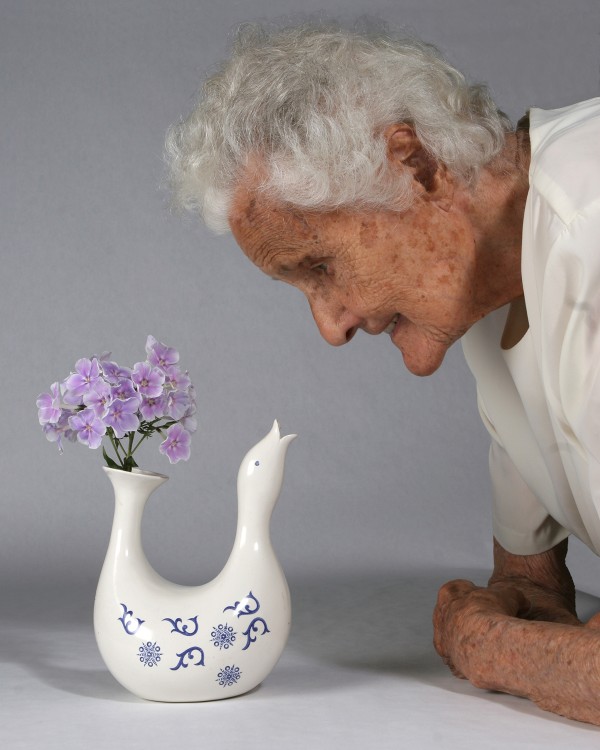Celebrating the Women Behind FilzFelt
This month, we celebrate the talented female designers, makers, and artists we are so proud to work with in celebration of International Women’s Day! We are incredibly privileged to partner with these amazing women who share our passion for architecture, product design, and a love for working with natural materials.
Nina Bruun
Nina Bruun is an accomplished designer, trend spotter, and consultant based in Copenhagen, Denmark. In 2016 she started a multidisciplinary creative consultancy—Nina Bruun Design Studio. She and her team create customized solutions in trends, colors, product design, and visual brand identity.
Mia Cullin
Mia Cullin is an accomplished interior, furniture, and product designer based in Stockholm, Sweden. With a deep interest in traditional craftsmanship, Mia’s work often combines simple shapes and geometries with distinct and hand-crafted details and shows an honesty and truthfulness that expresses her roots in Nordic design.
Kelly Harris Smith
Kelly Harris Smith is an award-winning designer and creative director specializing in natural and sustainable materials in commercial and residential interior design. By balancing intricacy and simplicity, Kelly’s designs are distinctive for their pattern, color, and innovative functionality.
Kirsten Lynge
In 2010, Kirsten Lynge founded Søuld with architect Tobias Øhrstrøm. Søuld is a Danish company that provides sustainable building materials made from eelgrass, a building material that carries on a centuries-old practice rooted in Danish culture. For more than a decade, Kirsten has collaborated with designers, manufacturers, and ecologists to develop renewable and acoustic products that reduce our carbon footprint, with the health and well-being of the user always top of mind.
Petra Vonk
For the last thirty years, Petra has experimented with knitting techniques and textile design, working closely with architects and interior designers to elevate her work beyond the traditional functions and applications associated with textiles. In 2020 we launched Plectere, a collection of dimensional hanging panels of braided wool felt strips.
Kim Yao
Kim Yao, AIA, Principal at Architecture Research Office in New York, a firm that has earned a reputation for elegant, innovative, and imaginative architecture born out of relentless exploration and engagement.
Eva Zeisel
Eva Zeisel was a “maker of useful things.” Born in Hungary with her early career spent in the potteries of Germany and Russia, Eva’s sensuous forms were inspired by the curves of the human body and those found in nature.
Ayse Birsel
Ayse Birsel thinks differently. Simplicity, human-centeredness, and pragmatism are central to this Turkish-born designer’s methodology. Her process, termed Deconstruction:Reconstruction™, breaks down old paradigms, shifts points of view to a different perspective, and reconstructs by creating new values within existing constraint.
